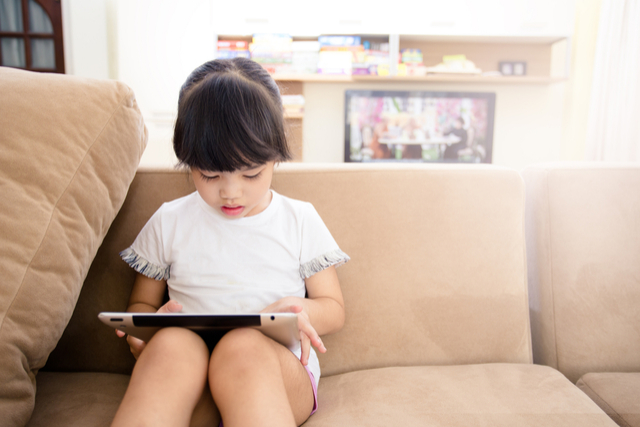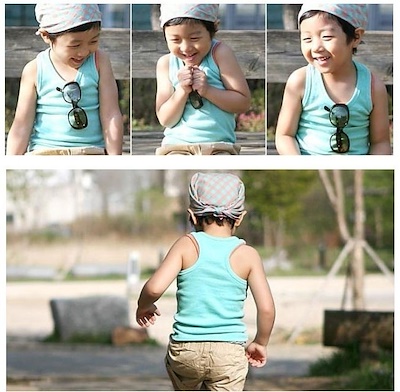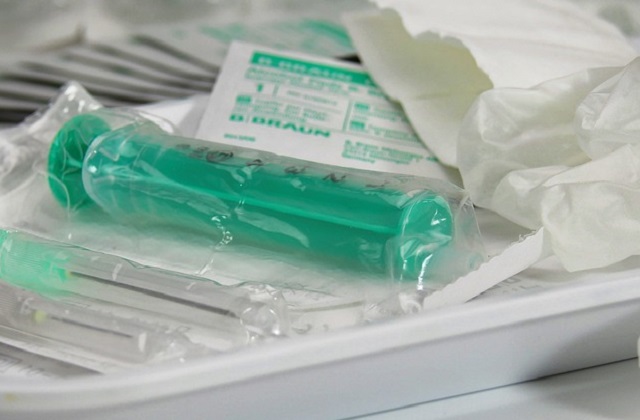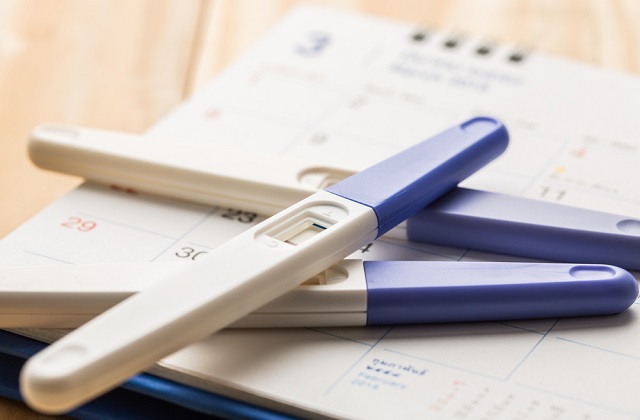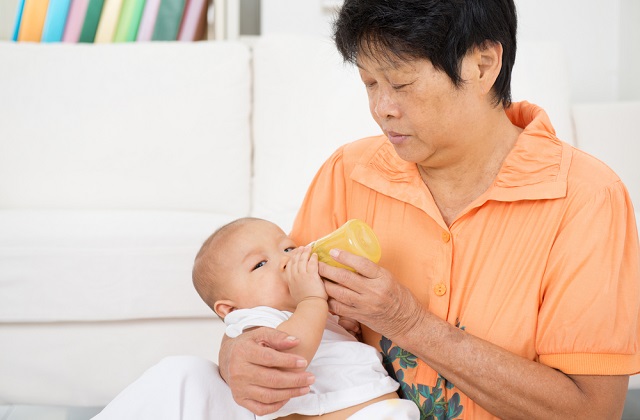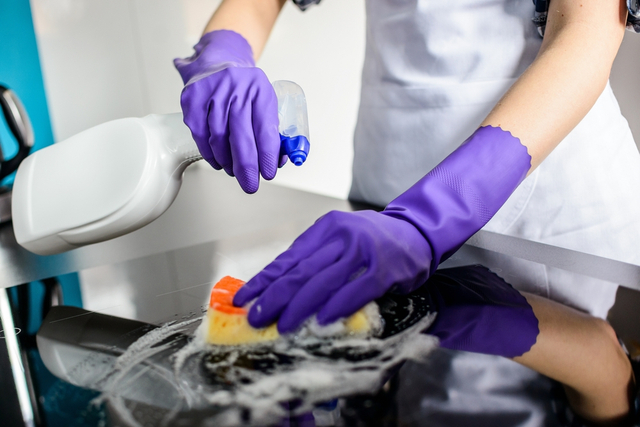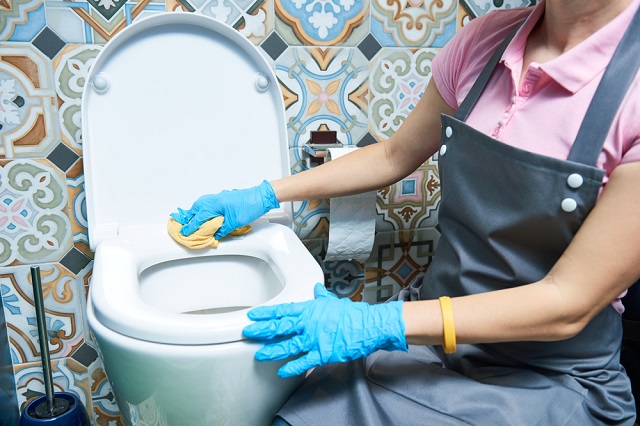Preventing Myopia in Children: A Growing Concern in Singapore
Singapore has one of the highest rates of childhood myopia (short-sightedness) in the world, with studies showing that 65% of Primary 6 students and 80% of young adults are affected. Myopia is more than just the need for glasses—it can lead to serious eye conditions later in life. With increasing digital screen usage and academic demands, parents must take proactive steps to protect their children's eyesight.
1. Increase Outdoor Time to Reduce Myopia Risk
Scientific research indicates that children who spend at least two hours daily outdoors have a lower risk of developing myopia. Sunlight exposure plays a crucial role in regulating eye growth.
Tips to Encourage Outdoor Play:
- Plan daily outdoor activities like cycling and sports.
- Encourage weekend family outings to parks and nature reserves.
- Ensure children have adequate exposure to natural light.
2. Manage Screen Time and Digital Eye Strain
With increased digital learning, excessive screen time has become a major concern. Staring at screens for long hours increases eye strain.
Ways to Reduce Screen Time:
- Follow the 20-20-20 rule: Every 20 minutes, look 20 feet away for 20 seconds.
- Limit screen usage for young children according to WHO guidelines.
- Encourage non-digital activities like reading books and puzzles.
3. Promote Good Reading and Studying Habits
Excessive near work, such as reading and screen use, increases the risk of myopia. Encouraging proper reading habits can significantly reduce eye strain.
Healthy Reading Practices:
- Maintain a reading distance of at least 30 cm from books or screens.
- Ensure good lighting when studying or reading.
- Avoid reading while lying down or in dimly lit rooms.
4. Schedule Regular Eye Check-Ups
Regular eye examinations are crucial for detecting early signs of myopia.
Recommended Eye Check-Up Schedule:
- Before age 3: Initial screening by a pediatrician.
- Ages 4-6: First comprehensive eye exam by an optometrist.
- Ages 7-12: Annual check-ups.
5. Explore Myopia Control Methods
If a child develops myopia, there are solutions to slow its progression.
Common Myopia Control Options:
- Myopia Control Glasses designed to reduce eye strain.
- Ortho-K Lenses worn overnight to reshape the cornea.
- Atropine Eye Drops proven effective in slowing myopia progression.
6. Encourage a Balanced Lifestyle for Healthy Vision
Proper nutrition, sleep, and posture all contribute to good eye health.
Key Lifestyle Tips:
- Eat a diet rich in vitamins A, C, and E for eye health.
- Ensure children get adequate sleep to reduce eye fatigue.
- Maintain good posture while studying or using screens.
7. Participate in National Myopia Prevention Initiatives
Singapore has programs like the National Myopia Prevention Programme (NMPP) and School-Based Vision Screening to help parents monitor their children's eye health.
Final Thoughts: Protect Your Child’s Eyesight Today
Myopia is a growing concern, but with the right habits and early intervention, parents can reduce its impact.
By ensuring more outdoor play, reducing screen time, promoting healthy reading habits, and scheduling regular eye check-ups, you can actively protect your child’s vision.
Take action today—healthy eye habits last a lifetime!
It takes a village to raise a child !
Join our WhatsApp Groups or Facebook Group to interact with parents about infant care/child care in Singapore..

